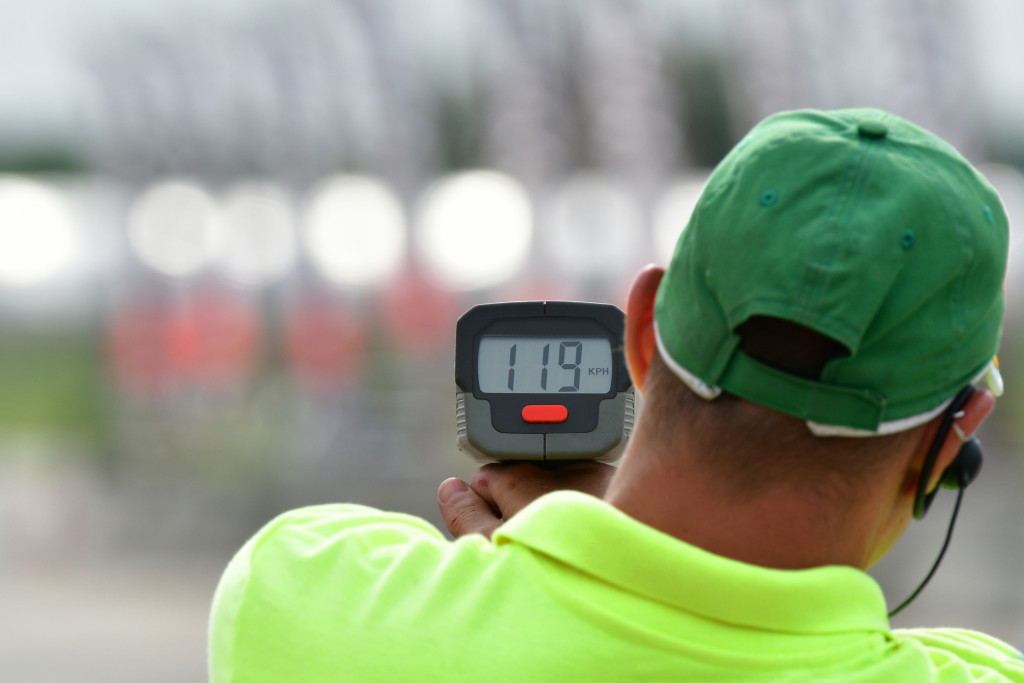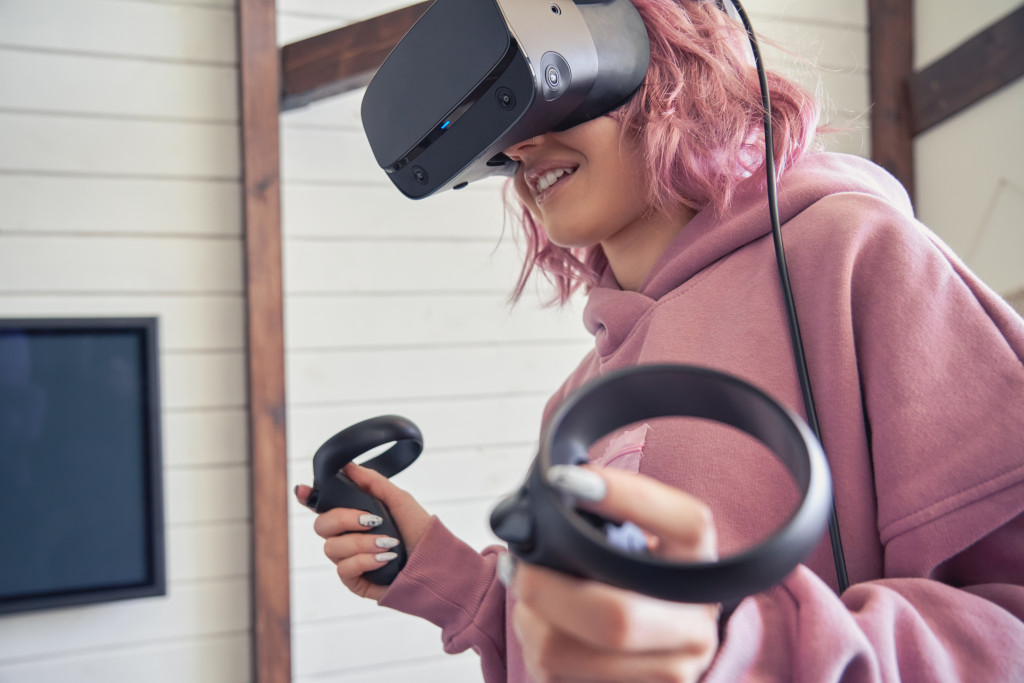- Wearable devices allow athletes to track their fitness levels and adjust their training accordingly.
- Advanced analytics help analyze performance metrics and change strategies for improvement.
- Virtual reality training can help in decision-making that replicates the conditions of a real game or match.
- Sports-specific equipment, such as running shoes, golf clubs with sensors, and smart baseball bats, help athletes perform better.
- Recovery tools like compression garments and massage guns have become increasingly popular among athletes.
Technology has revolutionized many industries, including sports. From training to performance analysis, sports technology has helped athletes perform better than ever before. Whether using wearable devices or advanced analytics, technology has made it easier for athletes to track their progress and work towards their goals. This blog post will explore various ways technology helps athletes excel in their sports.
1. Wearable Devices
Wearable devices have become increasingly popular in the sports world. These devices can track various metrics such as heart rate, steps taken, sleep quality, and calories burned. Athletes can use this data to monitor their fitness levels, set goals, and adjust their training. For instance, smartwatches with GPS tracking capabilities can monitor running or cycling routes and track performance over time.
When using wearable devices, it’s essential to understand the data that is being tracked and how it can be used to inform training decisions. Some devices are designed to provide real-time feedback, while others can be used to gather data over a more extended period. Data collected from wearable devices can create custom training plans, monitor progress, and adjust workouts as needed.

2. Advanced Analytics
Athletes and coaches can use data to analyze performance metrics and make data-driven decisions. For example, video analysis software can help analyze game footage and detect patterns in an athlete’s performance. This data can then be used to develop strategies for improvement.
Similarly, data from speed detection equipment, such as radar guns and accelerometers, can be used to measure athletes’ speed in sports such as baseball and cricket. Big leagues usually have professional radar guns, which measure speed and accuracy. This data can then provide feedback and suggest adjustments to an athlete’s technique or training program.
3. Virtual Reality Training
Virtual reality training is another way technology has revolutionized the sports industry. It allows athletes to train in a simulated virtual environment that replicates the conditions of a real game or match. This training can help athletes improve their decision-making skills, reaction time, and situational awareness.
It can also be used for rehabilitation purposes. Athletes can use virtual reality to simulate movements necessary for rehabilitation, such as walking or running. Depending on the type of injury, athletes can use virtual reality to strengthen muscles and joints while reducing the risk of further injury.

4. Sports-Specific Equipment
Technology has enabled the development of sports-specific equipment that helps athletes perform better. Various types of sports equipment have been developed to improve performance, from golf clubs to soccer cleats. Here are some of them:
a. High-tech running shoes
Shoes with carbon-fiber plates or special cushioning can help runners shave seconds off their times. This kind of footwear provides incredible cushioning and support, which can help athletes run faster and longer.
b. Golf clubs with sensors
Golf clubs equipped with sensors can provide feedback about an athlete’s swing speed, angle, and spin rate. Some clubs even come with a built-in simulator, allowing golfers to measure their performance and adjust accordingly.
c. Smart baseball bats
Baseball bats with sensors can measure the speed and angle of a swing, helping athletes identify areas to improve. The data collected by these bats can also help coaches make better training decisions.
d. Smart sports goggles
Smart glasses can provide feedback on an athlete’s position, speed, and acceleration. Many of these glasses are also equipped with voice-activated technology, which allows athletes to receive real-time coaching and feedback.
5. Recovery Tools
Recovery is an essential aspect of training for athletes. Technology has enabled the development of various recovery tools that help athletes recover faster and perform better. For instance, compression garments help increase blood flow and reduce muscle soreness after a workout. Massage guns provide deep-tissue massage, which can help release tension and relax muscles. These tools have become increasingly popular among athletes of various sports. They can help speed up the recovery process, allowing athletes to return to the field faster.
There is no denying that technology has transformed the world of sports. From wearable devices to virtual reality training and advanced analytics, technology has enabled athletes to perform better than ever before. With the constant evolution of technology, there is no doubt that people will see even more ways in which it will help athletes in the future. It is exciting to think about the possibilities that sport technology holds for professional and amateur athletes who aspire to reach their full potential.

